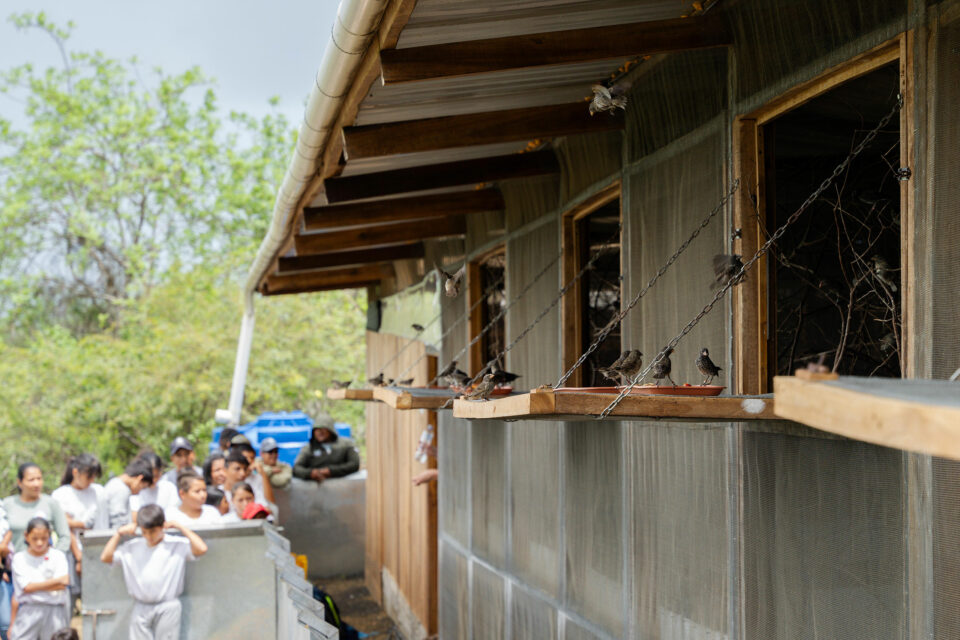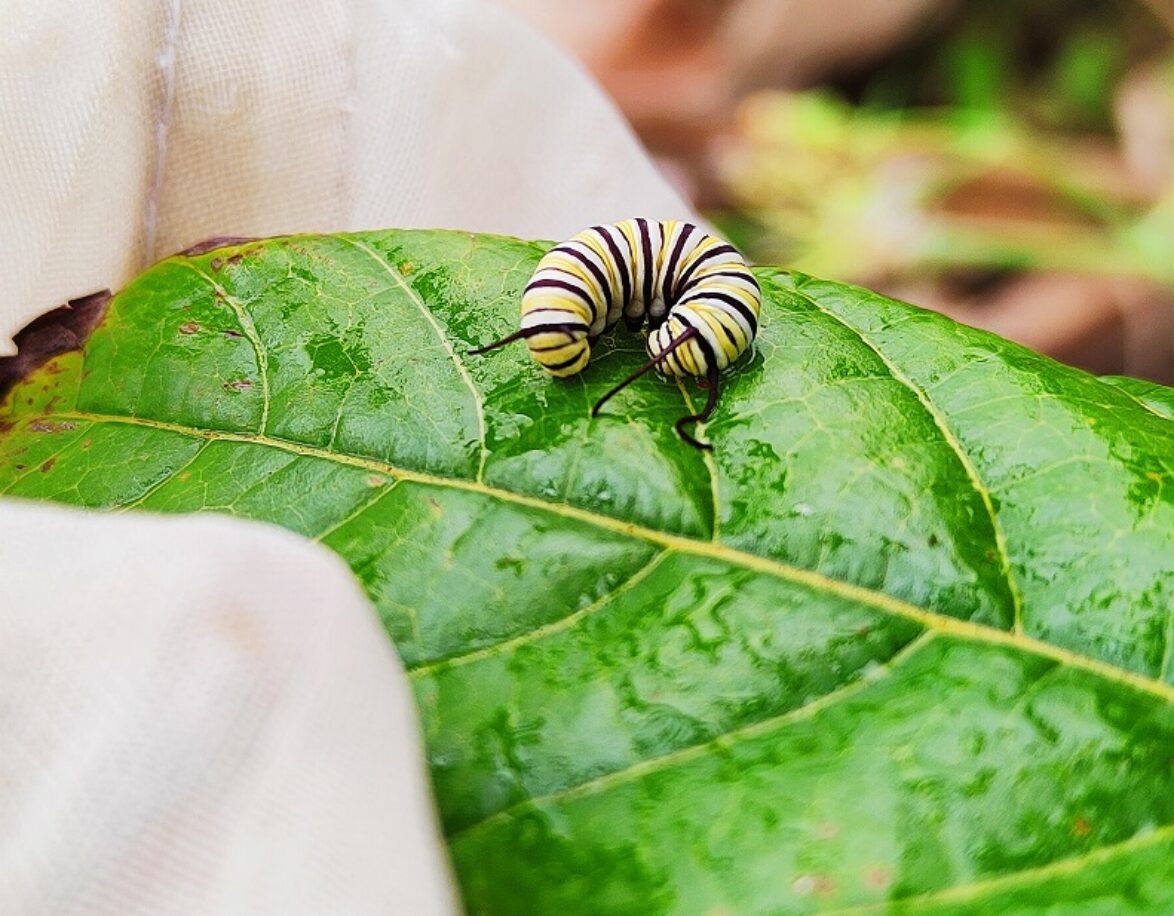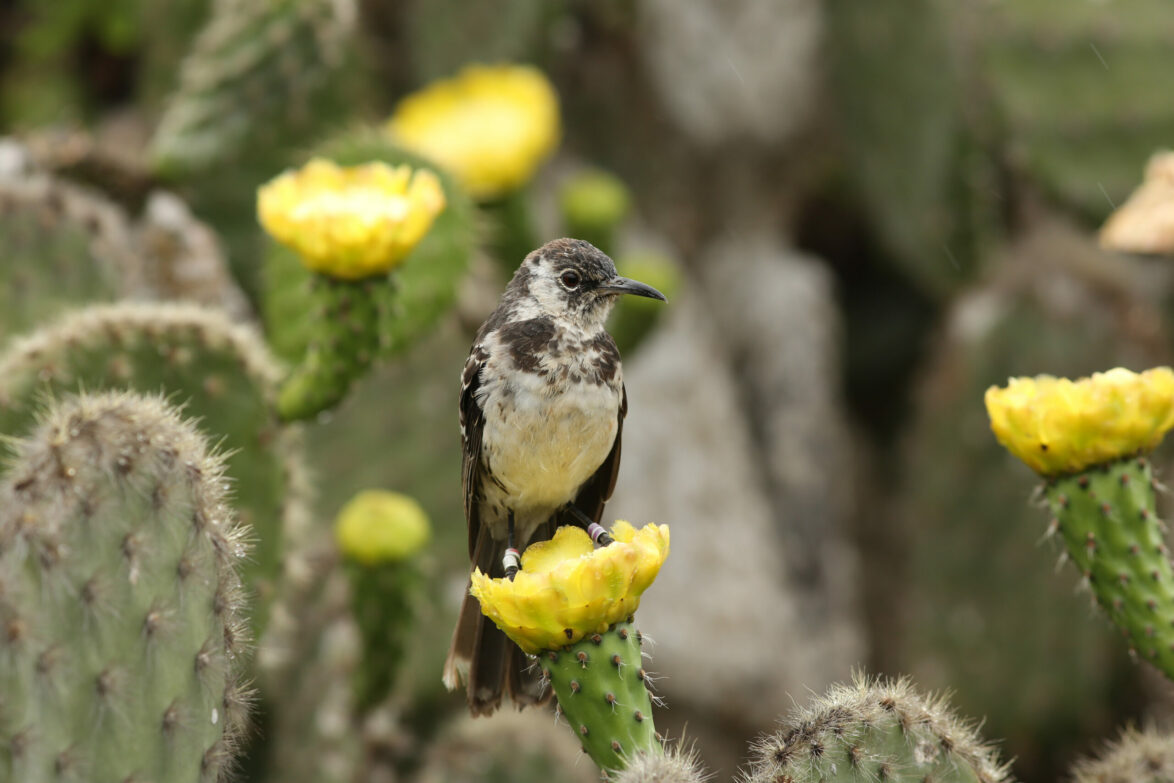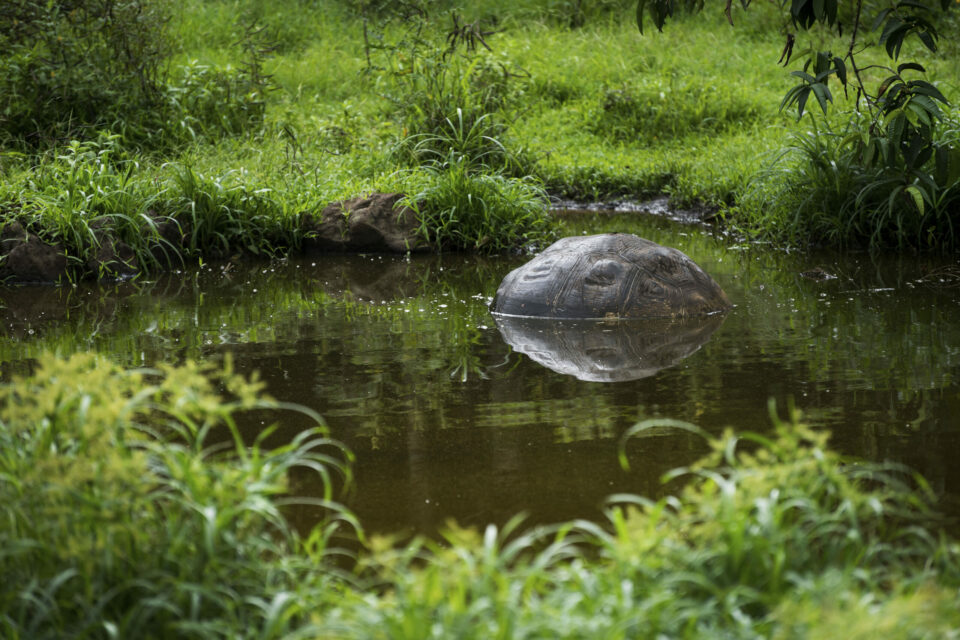

Restoring Floreana: Pre-eradication invertebrate surveys
In order to measure the impacts of eradication on the biodiversity of Floreana, we first need baseline data that represents the pre-eradication conditions.
The introduction of invasive species has had devastating effects on Floreana’s local wildlife. Fifty-five species found on the island are currently listed on the IUCN Red List, including two that are Critically Endangered, and 12 species are now locally extinct. Through Restoring Floreana we’re supporting our project partners to undertake one of the largest, and most complex, eradication projects ever conducted on an inhabited tropical island, with the ultimate goal of reintroducing locally extinct species to Floreana. To date, no project has ever successfully removed invasive rats and cats from such a large inhabited island.
To be able to measure the impacts of the eradication on biodiversity we first need baseline data that represents the pre-eradication conditions. We have supported Durrell Wildlife Conservation Trust in undertaking baseline surveys of several native vertebrates, including lava lizards and three species of waterbirds. In 2022, we are expanding these baseline data to include invertebrates. As major pollinators and an important food source for birds, invertebrates make great indicators of environmental conditions. This invertebrate study on Floreana, led by the Charles Darwin Foundation, aims to establish a baseline for the invertebrate species diversity of the island.

12
species are locally extinct on Floreana
Fieldwork was undertaken in February 2022, and the team chose four sites in the agricultural zone and four in the National Park. Sweeps of the vegetation using entomological nets and installation of pitfall traps yielded 160 samples. Visual records were made in the field of both pollinators, such as the Galapagos bee, and invasive species, such as fire ants and yellow paper wasps.
The samples were transferred to the entomology lab at the Charles Darwin Research Station on Santa Cruz where the identification of invertebrates is now taking place. To date, over 3,400 individuals have been processed, and the most abundant invertebrates recorded so far include ants, micro wasps (Hymenoptera), true bugs, aphids (Hemiptera), mites (Acari), springtails (Collembola), flies and mosquitos (Diptera).

One of the most frequently identified species was the little fire ant (Wasmannia auropunctata). This ant is invasive and highly aggressive when defending its colonies. Its painful stings make it a major nuisance to farmers and the community at large. It has negative impacts on other invertebrate species and harmful effects on the nesting and breeding activities of birds and reptiles. Control of fire ants on Floreana may be needed after the reintroduction of species such as the little vermilion flycatcher, which is particularly susceptible as fire ants predate on both its food source and its chicks. In September, the team will undertake a second invertebrate collection on Floreana at the same sites during the cooler garúa season. The results of these studies will give the team an understanding of the food resources available on Floreana, vital prior to the reintroductions of insectivorous species such as the little vermilion flycatcher.

Adopt a Floreana mockingbird
By adopting a Floreana mockingbird, you will be supporting projects such as the restoration of Floreana, which aims to reintroduce 12 locally extinct species to the island, including the Floreana mockingbird.
Related articles


Double your donation to rewild Galapagos with the Big Give


